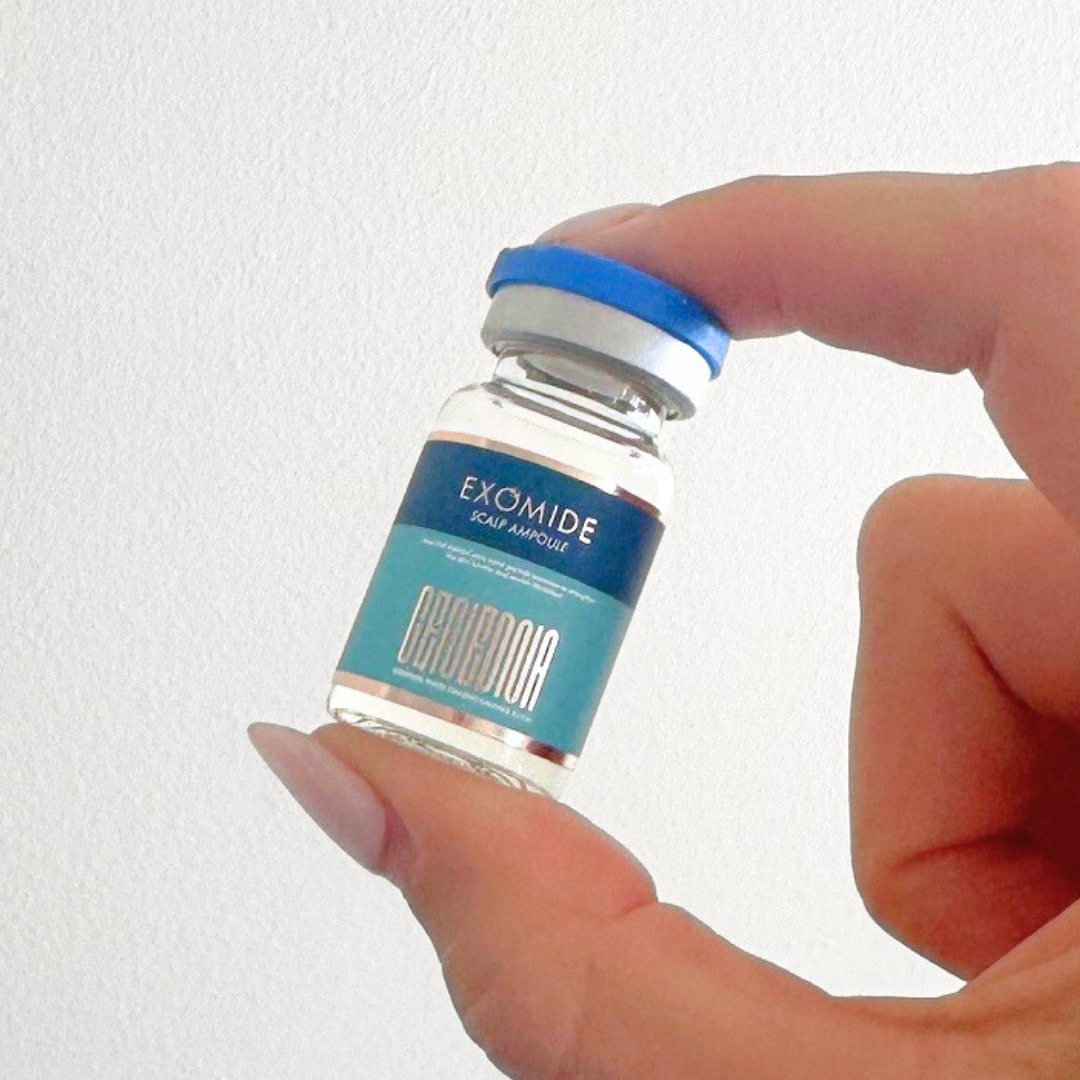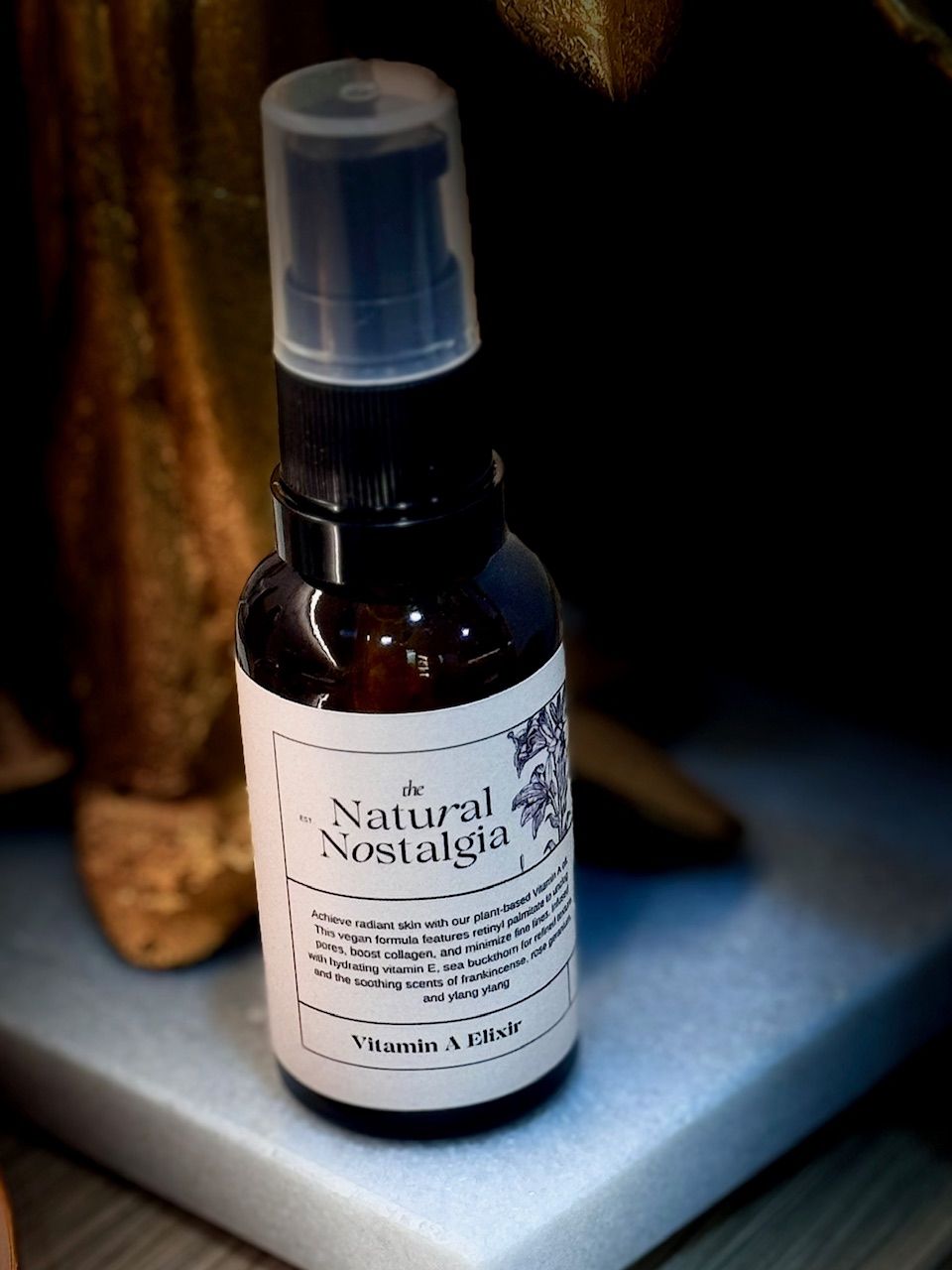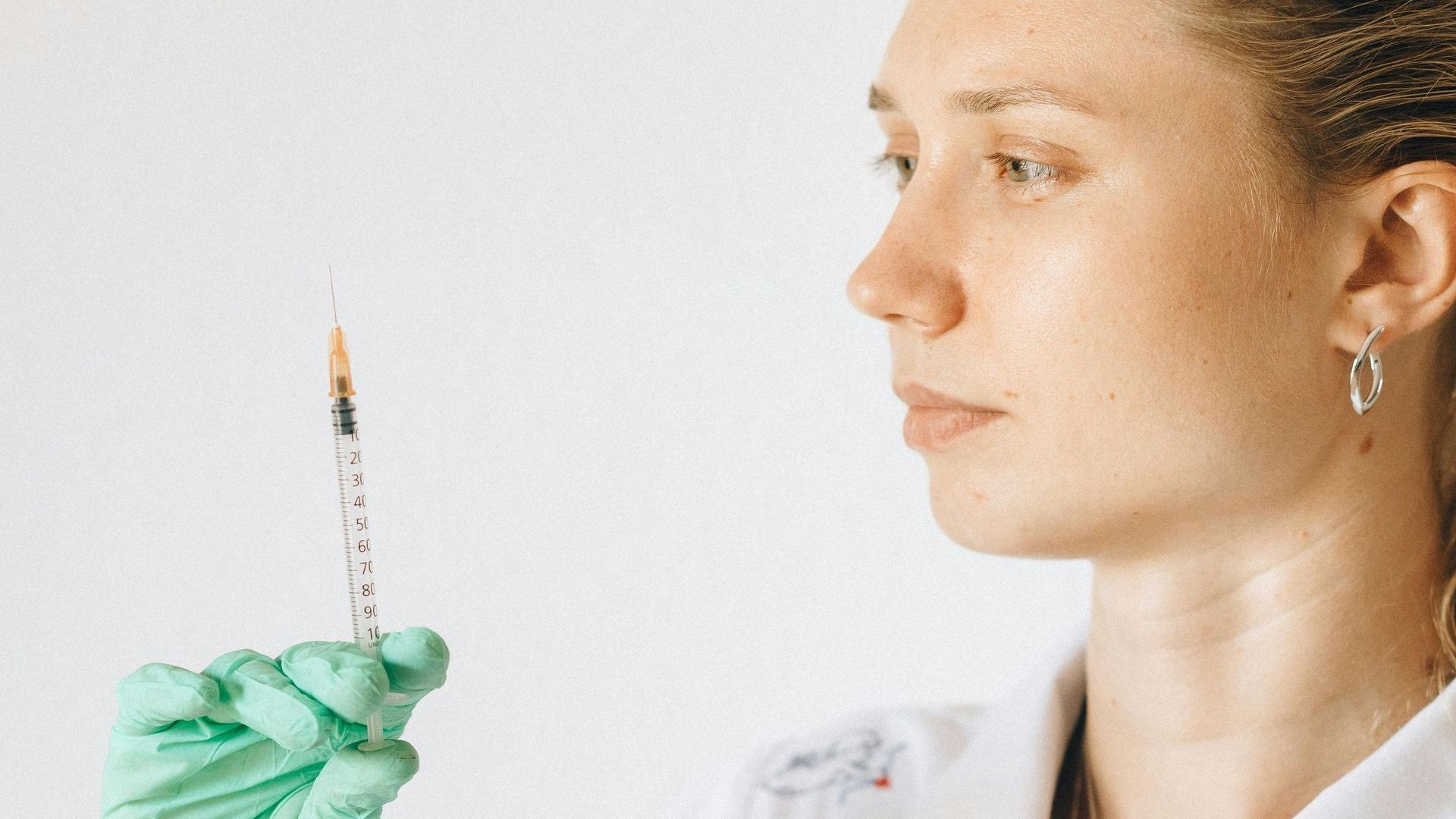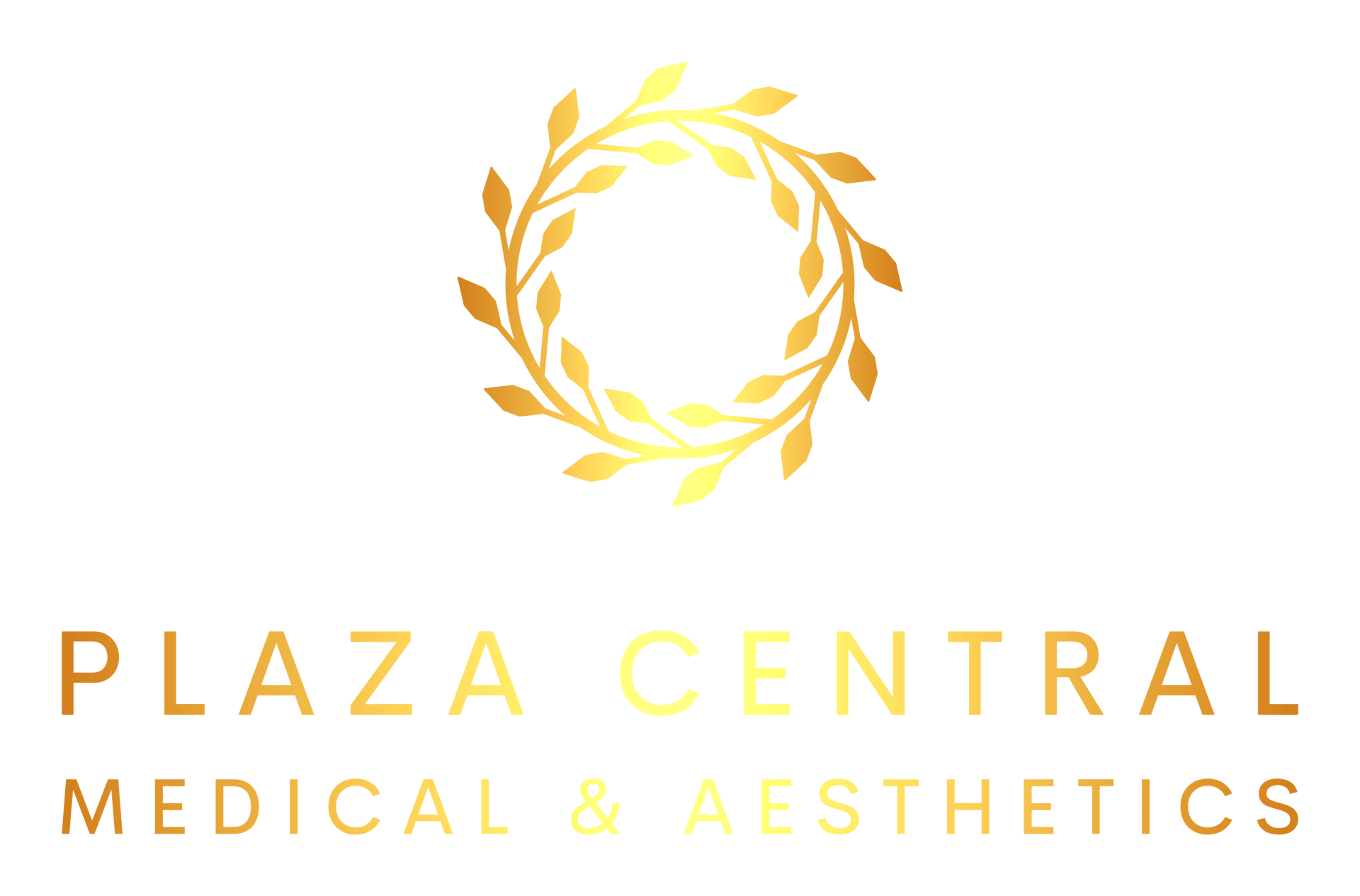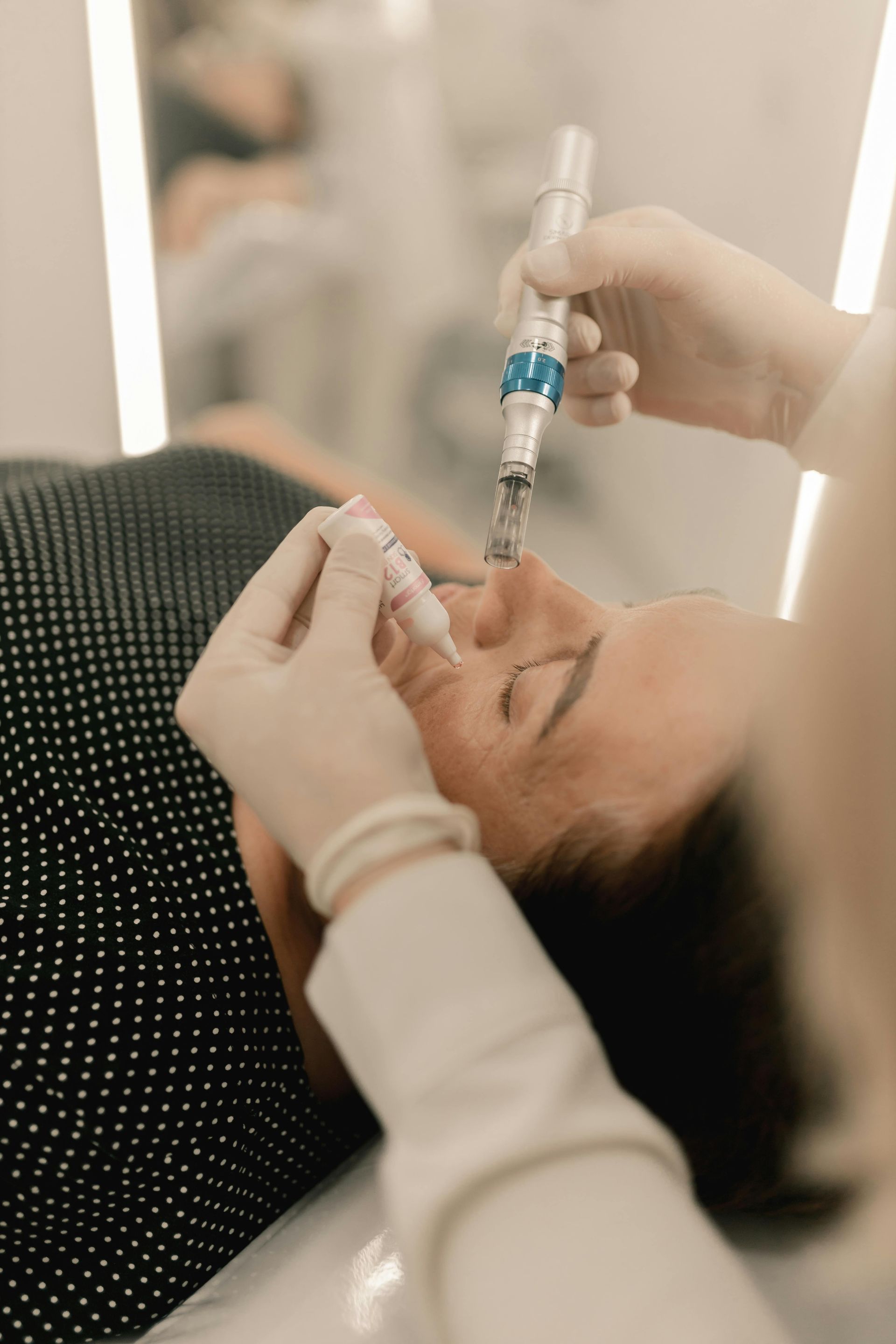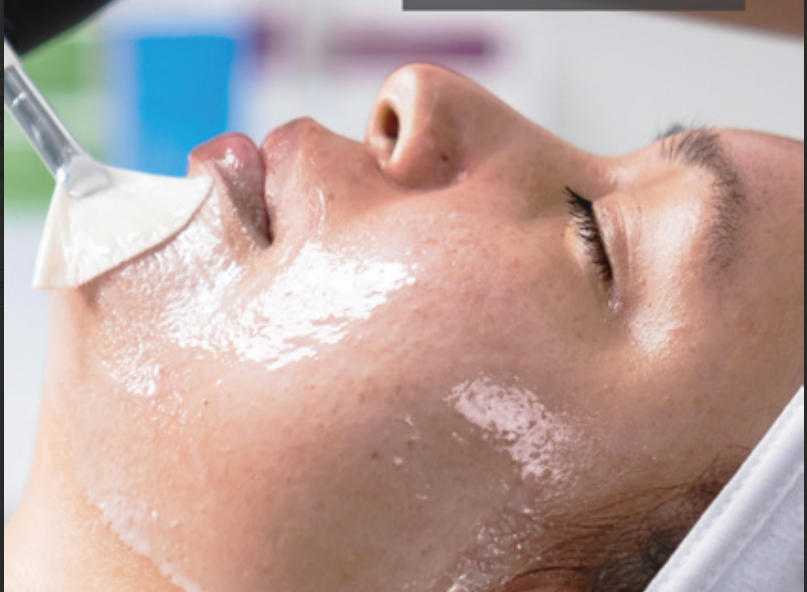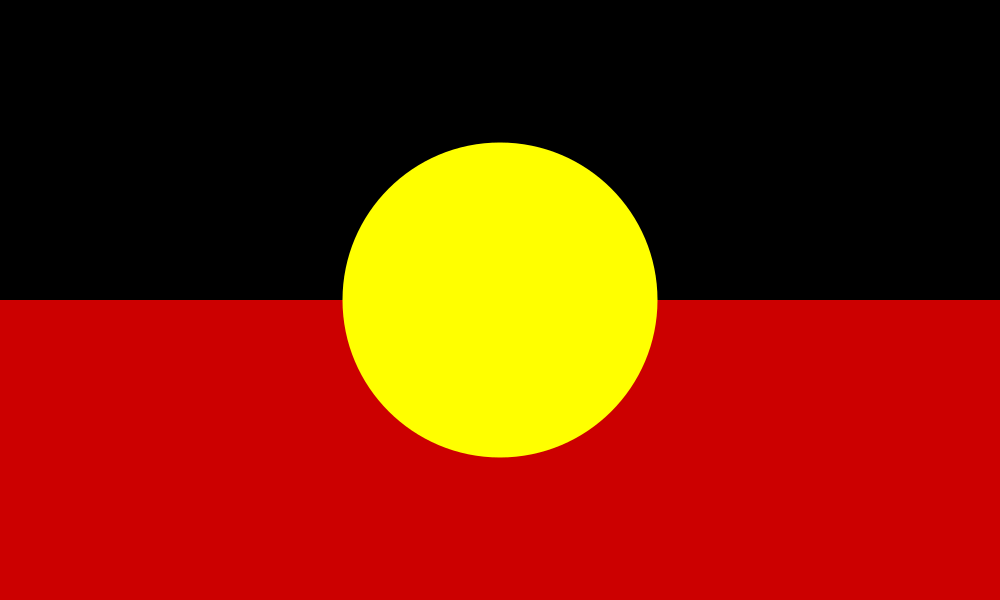Solar Keratoses Removal | Safe Treatment for Sun-Damaged Skin
By Radhika Narayan-Nath

What Are Solar Keratoses?
Solar keratoses, also known as actinic keratoses, are rough, scaly patches that form on areas of the skin frequently exposed to the sun — such as the face, scalp, ears, neck, hands, and forearms. They are caused by long-term ultraviolet (UV) exposure and are common in fair-skinned adults over 40. Although benign, they are considered precancerous as some may develop into squamous cell carcinoma (SCC).
Common Signs and Symptoms
• Rough, dry, or scaly patches that feel like sandpaper
• Pink, red, or brown discoloration
• Tenderness or irritation
• Flat or slightly raised lesions
• Clusters of spots on sun-exposed skin
Why Early Treatment Matters
According to Cancer Council Australia, up to 10% of untreated solar keratoses may evolve into invasive squamous cell carcinoma. Early treatment prevents progression and improves appearance. Sun damage is cumulative, meaning even short daily exposures can lead to more lesions over time.
Treatment Options at Plaza Central Medical and Aesthetics
At Plaza Central Medical and Aesthetics, we provide safe, effective, and minimally invasive treatments for solar keratoses under medical supervision.
Plasma Pen Lesion Removal
Our advanced Plasma Pen technology provides a non-surgical option to remove solar keratoses. It creates a controlled plasma arc that vaporises damaged tissue while stimulating renewal.
Benefits:
-
Precise lesion targeting
- Minimal discomfort
- No cutting or sutures
- Faster healing
- Reduced scarring risk
Cryotherapy
Some lesions can be treated with liquid nitrogen to freeze and destroy abnormal cells — a quick, effective method for superficial lesions.
Topical Treatments
For widespread damage, topical creams may be used that will be prescribed by your doctor.
Recovery and Aftercare
After treatment, mild redness or crusting usually heals within 7–10 days. Keep the area clean, avoid sun exposure, and apply SPF 50+ sunscreen daily.
Prevention: Protecting Your Skin for Life
Follow the classic Slip, Slop, Slap, Seek, Slide guidelines:
- Slip on protective clothing
- Slop on SPF 50+ sunscreen
- Slap on a wide-brimmed hat
- Seek shade
- Slide on sunglasses
When to See a Doctor
Book an appointment if you notice:
- Persistent scaly patches that don’t heal
- Rapidly growing or painful lesions
- Bleeding, ulceration, or color change
References
1. Cancer Council Australia. Actinic (Solar) Keratoses – Causes and Treatment. Updated 2024.
2. RACGP. Solar keratoses – Clinical guidelines for general practice. 2023.
3. Australian College of Dermatologists. Solar Keratoses (Actinic Keratoses): Patient Information Leaflet. 2024.
4. Mayo Clinic. Actinic Keratosis – Symptoms & Causes. Updated 2025.
5. National Library of Medicine. Actinic Keratosis: Pathophysiology and Management. 2023.
Contact Us
📍 Plaza Central, Maroochydore
📞
(07) 5343 7660
🌐
www.plazacentralmedical.com.au
Read our blogs
